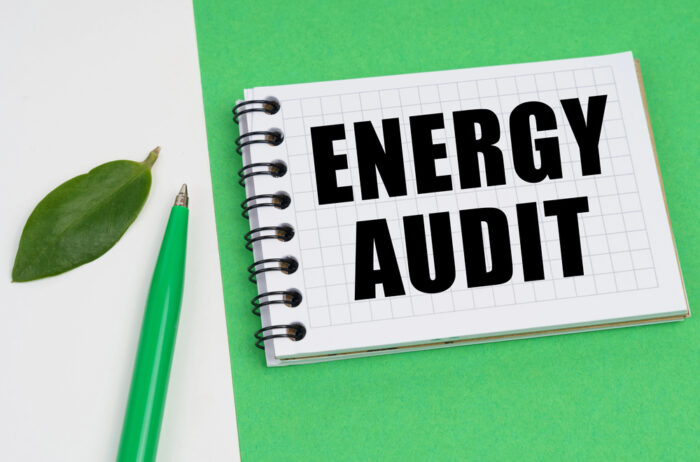As the winter months approach and temperatures drop, finding ways to keep your home warm and comfortable while keeping your energy bills at bay becomes a top priority. Here’s how to save on utilities during winter months.
1. Maintain Your Heating System
Your heating system is arguably the most critical component of your home during the winter months. Maintaining your heating system ensures it operates efficiently and doesn’t consume more energy than necessary. Here are a few things you can do:
- Schedule a professional inspection: Start the season with a thorough inspection from a qualified technician. They can pinpoint and address potential problems, clean and lubricate components, and optimize the system for peak performance.
- Change filters regularly: Dirty filters can impede airflow, making your heating system work harder to maintain a comfortable temperature. Replace or clean filters based on the manufacturer’s recommendations.
- Keep air vents clear: Check around your house and ensure sofas, bookshelves, and other furniture aren’t blocking the air vents. Obstructed heat registers can restrict airflow and reduce your system’s efficiency.
2. Insulate and Seal Leaks
A well-insulated home can help lower your energy bills by preventing hot air from escaping and cold air from getting inside your home. Consider hiring a professional to inspect your home’s insulation to see if you need to replace and upgrade your insulation. Upgrading insulation is an upfront investment, but it can increase home comfort and save you money in the long run. Also, check with your homeowners insurance provider to see if they offer any discounts for making these upgrades.
You should also inspect windows and doors and address any air leaks. These gaps allow cold drafts to enter your home and warm air to escape, making it harder for your heating system to maintain a comfortable temperature. Use caulk and weatherstripping to help seal these gaps.
3. Maximize Natural Heating
To cut down on winter energy bills, embracing sunlight as a free source of warmth. During the day, open your curtains and blinds to let in the sun’s rays, which can naturally heat your home. You can also consider rearranging your furniture to ensure it doesn’t block the sunlight’s path. When the sun sets, close your blinds and curtains to keep the warmth inside your home.
4. Use Energy-Efficient Lighting
Don’t overlook the power of energy-efficient lighting. Swapping out traditional incandescent bulbs for LED or CFL (Compact Fluorescent Lamp) alternatives can make a significant difference. These modern lighting options consume considerably less electricity, allowing more energy to go to your heating system. With longer lifespans and a brighter output per watt, energy-efficient bulbs illuminate your space effectively and help you save on energy costs, contributing to a more sustainable and budget-friendly approach during the chilly winter months.
5. Upgrade Your Windows and Doors
Your windows and doors are your home’s frontline defense against heat loss. If your current windows and doors are old or poorly insulated, consider upgrading to more energy-efficient options. Double-glazed or triple-glazed windows and well-insulated doors provide superior thermal resistance, preventing drafts and heat leakage. In the long run, this investment can enhance your home’s comfort and significantly lower your heating bills by ensuring that warm air stays in and cold air stays out.
6. Unplug and Use Power Strips
Many electronic devices continue to draw power even when they’re turned off — i.e., standby power. To prevent this drain, make it a habit to unplug chargers, appliances, and electronic gadgets when you’re not using them. Also, take advantage of power strips to consolidate multiple devices, allowing you to turn them all off simultaneously with a single switch. This simple practice can add up to substantial energy savings over the winter months, reducing your electricity bill and minimizing your environmental footprint.
7. Optimize Appliance Usage
Using your appliances efficiently can significantly impact your winter energy bills. Here are a few tips and tricks to optimize your appliance usage.
- Wait until you have full loads before running your washing machine or dishwasher.
- Make the most of the residual heat by turning your oven or stovetop off a few minutes before your food is ready.
- Ensure your refrigerator and freezer are well-sealed to prevent cold air from escaping.
8. Use a Humidifier
During the colder months, indoor air tends to become dry due to heating systems and closed windows. Dry air can lead to discomfort and make your home feel colder, prompting you to turn up the thermostat. Using a humidifier, you can introduce moisture into the air, making your home feel warmer at lower temperatures. This allows you to reduce your heating system’s workload, helping lower your energy consumption. Plus, properly humidified air feels more comfortable on your skin and can help alleviate common winter ailments like dry skin and sore throats.
9. Adjust Water Heating Practices
During the winter, your water heater works harder to deliver a soothing shower or hot tap water. However, you can make some simple adjustments to your water heating practices to save on energy costs:
- Lower the temperature on your water heater thermostat to around 120°F, which is hot enough for your needs while preventing excessive energy consumption.
- Insulate your water heater and hot water pipes to reduce heat loss, making sure your water stays hot longer.
- Use the cold water setting for laundry to help eliminate the need for hot water.
- Fix any leaky faucets promptly, as a dripping faucet not only wastes water but also the energy used to heat it.
When it comes to water leaks, consider investing in a water leak detection system. How does leak detection work? It works by attaching a sensor to your home’s main water supply and alerting you when there’s a leak. Some systems automatically shut off your water supply to prevent any water damage.

10. Perform an Energy Audit
An energy audit is one of the most effective ways to identify areas for energy savings in your home. Check with your energy provider because they may perform energy audits for free or cheaply. During an energy audit, they will examine your home’s energy usage, insulation, appliances, and heating system to pinpoint areas where you can improve efficiency. With insights from an energy audit, they can create a prioritized action plan to make your home more energy-efficient.
11. Government and Utility Programs
Research potential assistance offered by government programs and utility companies. Many governments and utilities provide incentives, rebates, or subsidies for energy-efficient upgrades or weatherization projects. These incentives can significantly reduce the upfront costs of initiatives like upgrading insulation, replacing old appliances with energy-efficient models, or installing solar panels.
Incorporating these eleven tips into your winter routine can lead to a more comfortable and cost-effective season, allowing you to enjoy a warm, cozy home while keeping your energy bills in check.
Find a Home-Based Business to Start-Up >>> Hundreds of Business Listings.
















































